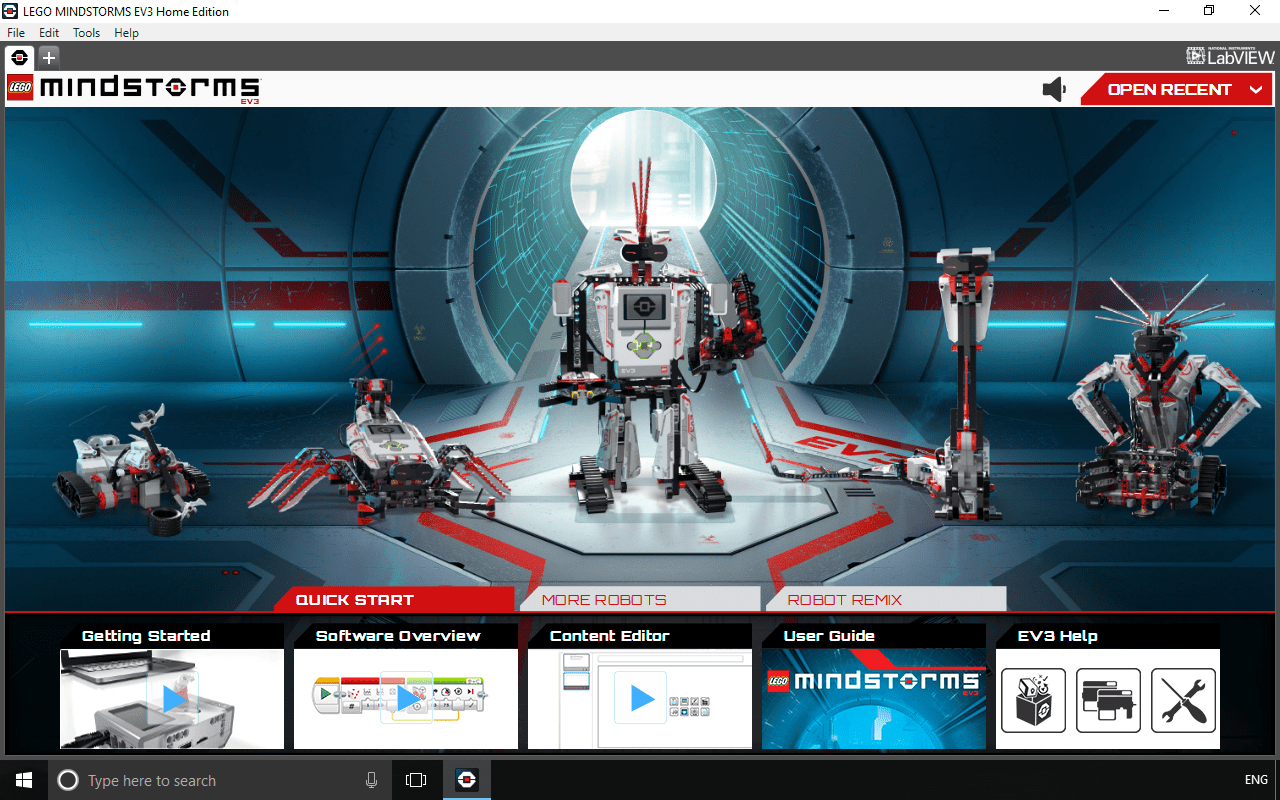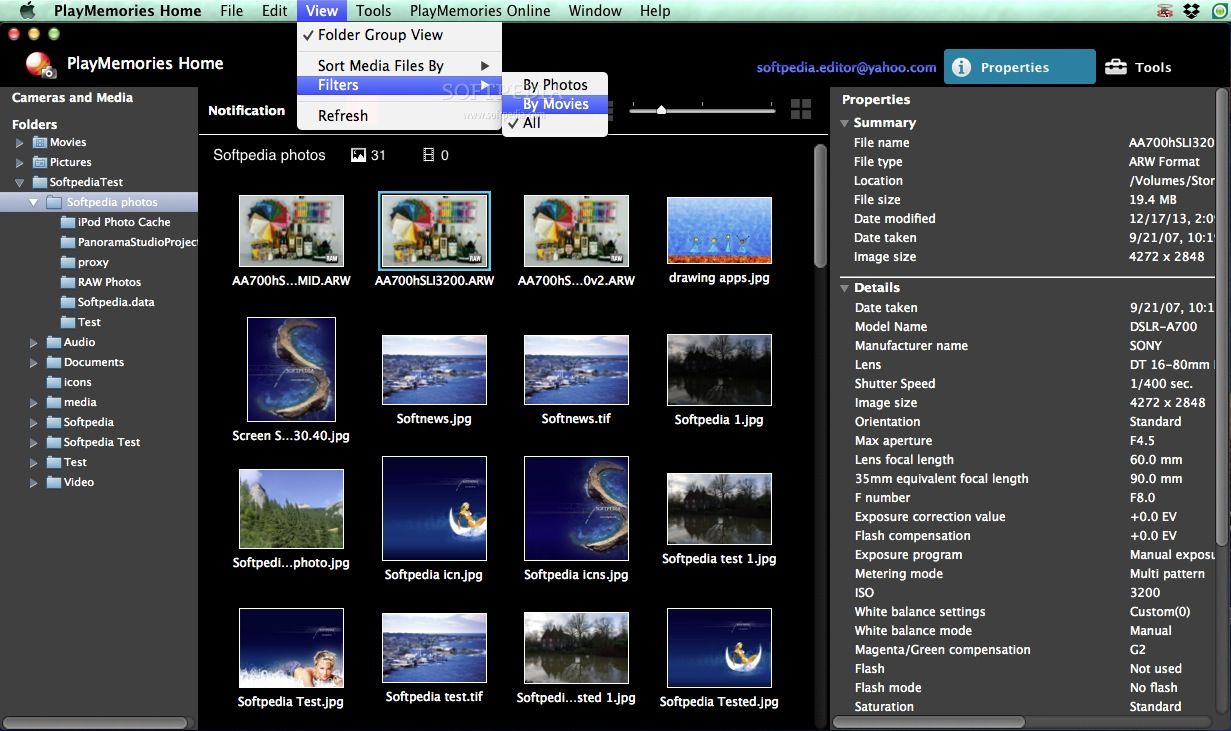When compared to most of the editors, it has got a convenient user interface, and that is the reason a lot of programmers prefer to use Atom to write codes. Platforms: Windows, Linux, Mac. Despite being lightweight, it is a powerful source code editor that is mainly used by web developers.
- Explore the best Editors software for Mac. Browse our catalog of over 50 000 mac apps. MacUpdate is serving app downloads since 1997.
- Mu is an open source project that aims to provide a clutter free workspace for beginner code developers in an attempt to make the learning process as fun and stress-free as possible. The Mu code editor provides support for MicroPython, which is a re-write of Python 3, and integrates tools for working with.
| Developer(s) | Apple Inc. |
|---|---|
| Stable release | |
| Operating system | macOS |
| Type | IDE |
| Website | Apple Developer |
The Apple Developer Tools are a suite of software tools from Apple to aid in making software dynamic titles for the macOS and iOS platforms. The developer tools were formerly included on macOS install media, but are now exclusively distributed over the Internet. As of macOS 10.12, Xcode is available as a free download from the Mac App Store.
Applications[edit]
Applet Launcher[edit]
A graphical interface for Sun’s Java Plug-in, which aids developers by demonstrating how Java applets perform on macOS. Provides tools to adjust the performance, behavior and user experience in applets in development.
Audio Unit Lab[edit]
A graphic presentation of audio units helping software developers to examine their results in decibels. AU Lab can be used to test audio units, conduct live mixing, and playback of audio content. Audio units are controlled visually with the audio unit’s graphic interface and touch screen.
Computer Hardware Understanding Development Tools[edit]
A set of software tools, collectively Computer Hardware Understanding Development Tools (CHUD Tools) measure software performance on macOS, to aid in optimizing. Also provides hardware system benchmarks
Core Image Fun House[edit]
Used in testing Core Image units, which function similar to Adobe Photoshop filters. Each has a specific action, with parameters customize the action. Showcases Core Image, a technology introduced in Mac OS X 10.4, supported by newer graphic hardware.
CrashReporterPrefs[edit]
A developer utility for setting report parameters for Apple's Crash Reporter application.
- Basic: Shows a dialog asking the user what to do.
- Developer: Provides additional debug info and automatically shows the mail to Apple window.
- Server: Runs silent, but keeps all the logs.
- None: Disables the dialog prompt. Crash reports are neither displayed nor logged.
FileMerge[edit]

A staple of macOS's developer tools since the days of NeXTSTEP, FileMerge graphically compares two or more versions of a file. True to its name, FileMerge allows the user to easily merge the two or more versions into one file. The utility is often used to track changes to source code.
macOS's opendiff command provides the ability to launch FileMerge from the command line. The -ancestor parameter can be used for three-way merging.
Help Indexer[edit]
Creates an index file for the macOS built-in Help Viewer.
icns Browser[edit]
Views the resources for an .icns file, displaying the Mini, Small, Large, Huge, Thumbnail & Tile sizes in all color depths and masks.
Icon Composer[edit]
Icon Composer was an icon editor that does not have any editing features other than composing Apple Icon Image files and Windows ICO files. External editors must do all the image manipulation, then the results may be imported into the converter to create the finished icon. As of XCode 8.2, Icon Composer is no longer available in Additional Tools, as it cannot create high resolution icons. Apple recommends using the command-line utility iconutil, which ships with macOS [1].
Instruments[edit]
Instruments is a GUI for tracing framework DTrace from Sun's OpenSolaris. It is used to profile time usage, memory allocations, system activity, call trace analysis, GPU performance analysis, energy logging (on iOS devices) etc. [1]
Jar Bundler[edit]
Java tool that aids in packaging an application’s component files into a single double-clickable application. Properties can be modified to optimize the code.
MallocDebug[edit]
Assistance for assessing memory usage and detecting memory leaks in programs.
Assesses an application's memory usage by monitoring a user as they interact with an application, which allows MallocDebug to build a memory profile that unfortunately is limited in size.
OpenGL Driver Monitor[edit]
Real time access to the inner workings of the graphics processing unit. Runs locally or over a network using Bonjour which is less likely to interfere with the statistics it is gathering with the exception of some disk fragmentation devices.
OpenGL Profiler[edit]
This tool assists developers in debugging and optimizing OpenGL usage under macOS.

Supported features:
- Launch or attach to an application
- Breakpoints and execution control
- Error detection including thread safety checks
- Scripts
- Buffer views
- Resource viewing/editing
- Statistics gathering
- OpenGL call traces with stack traces and timings
OpenGL Shader Builder[edit]
An integrated environment to develop and debug OpenGL GPU programs (Shaders) under macOS.
Features supported by OpenGL Shader Builder:
- Realtime entry
- Preview window with shaders applied to a textured plane, sphere or teapot
- Example shaders
- Syntax checking
- Debugging and analysis of vertex / fragment programs
- Export to Xcode

One notable feature is 'Export to Xcode'. A sample Xcode project is created with C source code to initialize OpenGL (using the GLUT library) and run the shader program.
Note that this program is no longer recommended for editing GLSL shaders as 'GLSLEditorSample,' available as an example program, is generally regarded as superior.
PackageMaker[edit]
Creates application .pkg installer bundles for installing applications using the Installer application.
Pixie[edit]
A magnifying glass application for magnifying small sections of the computer's screen, centered around the mouse cursor, giving the user a detailed view of the screen, as well as the pixel coordinates of the mouse. Provides several levels of zoom, 'locking' the image under the mouse for closer examination, and saves the magnified image one of several formats. Helps ensure visual elements are aligned precisely.
Property List Editor[edit]
Edits application preference plist files. As of Xcode 4, Property List Editor is no longer included as a separate application and all editing of plist files is done within Xcode. The last stand-alone version was version 5.3 in Xcode 3.2.6.
Quartz Composer[edit]
A visual programming language for processing and rendering data. Using OpenGL, Core Image, Core Video, and other technologies to build an API and serves as a simple visual programming paradigm. Quartz Composer is a core technology of the macOS. Quartz Composer creations work in any QuickTime-aware application (beginning with Mac OS X 10.4), from the Quartz Composer application, or embedded into Cocoa or Carbon applications.
Quartz Composer has many similarities to Max/MSP although its primary usage is for graphical rather than audio processing. Offers the ability to construct interactive video compositions that react to audio or MIDI signals and can be played from any QuickTime aware application.
Pierre-Olivier Latour originally developed the predecessor to Quartz Composer under the name PixelShox Studio.[2]
A resurgence in interest in Quartz Composer has come about, as the Facebook design team has been showcasing their utilization of the program to prototype interactions that they couldn't have otherwise depicted with flat mockups in Photoshop.[3]
Repeat After Me[edit]
Optimizes the performance of the built-in text-to-speech software for macOS. Tests the operating system's phonemic translation engine, creates graphs of the generated tone, to visually adjust the intonation, and records samples for reference.
Shark[edit]
Shark is a profiler, used by software developers to optimize software programs on macOS. It samples software at set time intervals (or driven by hardware performance monitors events) taking snapshots of the stack, showing the functions which require more of the application’s resources. Includes tools to analyze the data produced by a sampling run.Since Mac OS X 10.7, it is not on the Apple site any more and was replaced by Instruments.
Spin Control[edit]
Spin Control is a performance tool used for monitoring hang activity in software programs. The program gets its name from the spinning pinwheel on macOS.[4]
Discontinued as of Xcode 4.2.
Thread Viewer[edit]
Thread Viewer is a performance tool which graphically displays activity across a range of threads. It provides color-coded time-line views of thread activity and can display backtraces of activity at specific points in time. It was merged in Instruments app, and can be accessed via 'System Trace' instrument.
Xcode[edit]
Xcode is an integrated development environment (IDE) for macOS containing a suite of software development tools developed by Apple for developing software for macOS, iOS, iPadOS, watchOS, and tvOS. Xcode supports developing source code for the programming languagesC, C++, Objective-C, Objective-C++, Java, AppleScript, Python, Ruby, ResEdit (Rez), and Swift, with a variety of programming models, including but not limited to Cocoa, Carbon, and Java.
References[edit]
- ^'Track CPU core and thread use- Instruments Help'. Archived from the original on 2020-06-20.
- ^http://www.polhosting.info/web-archives/pixelshox_technology/Archived 2017-01-29 at the Wayback Machine PixelShox Technology
- ^'Design Prototyping with Quartz Composer'. Retrieved 13 February 2014.
- ^'Using Spin Control'.
External links[edit]
- Connection Tools – official site at Apple Inc.
The Xcode IDE is at the center of the Apple development experience. Tightly integrated with the Cocoa and Cocoa Touch frameworks, Xcode is an incredibly productive environment for building apps for Mac, iPhone, iPad, Apple Watch, and Apple TV.
Xcode smoothly takes you from concept, to code, to customers.
Because everything is so well integrated, workflows feel natural. As you compose a new interface, the Assistant editor intuitively presents the related source code in a split window pane. Simply drag the mouse to connect UI controls to the implementation code. Apple LLVM compiler technologies parse your code, keeping every symbol you see in the LLDB debugger consistent with the editor and compiler. As you type, that same engine is constantly at work, finding mistakes and offering Fix-its for your code.
Xcode even communicates with the Apple developer website, so you can enable services such as Game Center or Passbook in your app with a single click. When your app is ready, Xcode will bundle and submit your app to the App Store.
Assistant Editor
The Assistant button splits the Xcode editor in two, with your primary work document on the left and an intelligent Assistant editor pane to the right. The Assistant editor automatically displays files that Xcode determines are most helpful to you based on the work you are performing in the primary editor. For instance, if you are editing MyClass.m in the primary editor, the Assistant will automatically show the counterpart MyClass.h.

Jump Bar
Clicking the Jump Bar, located at the top of every editor pane, you can quickly select what information to view in the Assistant editor. For instance, while editing source code in the primary editor, the Assistant can show the counterpart header, sub-classes or superclasses, or related tests.
Developer Editor For Mac Os
Interface Builder
Free Photo Editor For Mac
Fully integrated within the Xcode IDE, the Interface Builder design canvas makes it simple to prototype a full user interface without writing any code. Prototype in minutes, then graphically connect your interface to the source within the Xcode editor, laying out windows, buttons, and sliders to create a functioning Mac, iPhone, or iPad user interface. With the Assistant editor, you can work on the graphical design side-by-side with the implementation source code. A simple mouse drag from a UI control to the source pane creates a connection between code and interface, and can even create the code stub for you.Learn more
The Version editor makes it easy to compare two versions of a file, see commit logs, check who made a code change, and even zoom back through the commit timeline. The Version editor splits the pane to show two different versions of the same file. Differences are highlighted as you travel through the timeline separating the editor views. Xcode can also create a local Git repository for new projects, or check out a hosted Subversion or Git repo. The top-level Source Control menu makes it easy to perform branch and merge operations, perfect for distributed teams.
Testing
Test-driven development is a first-class workflow within Xcode. The Test Navigator makes it incredibly easy to jump to any test in your project, execute an individual test, or execute a group of tests. The Assistant editor has new test-specific views that automatically track which tests exercise the code you are presently editing, keeping your tests and code in sync at all times.
Customize
The Xcode environment can be configured to match almost any workflow, including customization features like tabs, behaviors, and snippets.
Tabs.
Create a completely unique view of your project with tabs. Each tab has its own navigator, editor, assistant, and utility area arrangement. You can name tabs for specific tasks, re-arrange them, or tear out the tab to create a stand-alone window.
Behaviors.
Tell Xcode what to do with events such as starting a debug session or encountering an error during a build. Coupled with tabs, you can create a custom work environment for each of your edit, design, build, or debug tasks. Custom behaviors can also completely re-arrange your window with a single key combination.
Snippets.
Developer Editor For Mac Shortcut
Dozens of pre-configured code completions, such as defining a new class or method, are included in the snippets library. By customizing or adding snippets, you can insert frequently entered code by typing only a few characters.
Get quick access to any file your project uses with Open Quickly (Command-Shift-O). Xcode immediately offers completions for your search, allowing you to choose one and hit Return to open the file or hit Option-Return to open in the Assistant editor.
Programming Text Editor For Mac
Customize the way Xcode builds and runs your app depending on whether you are debugging, profiling, performing code analysis, or running a test suite. For example, the default scheme is configured to build your app in “Debug” mode when running, and the same scheme settings will build for “Release” when performing the Profile or Archive command. There is no need to change project settings as you move from task to task. Xcode configures the schemes for you automatically, or you can use the “Manage Schemes” menu to customize them yourself.
